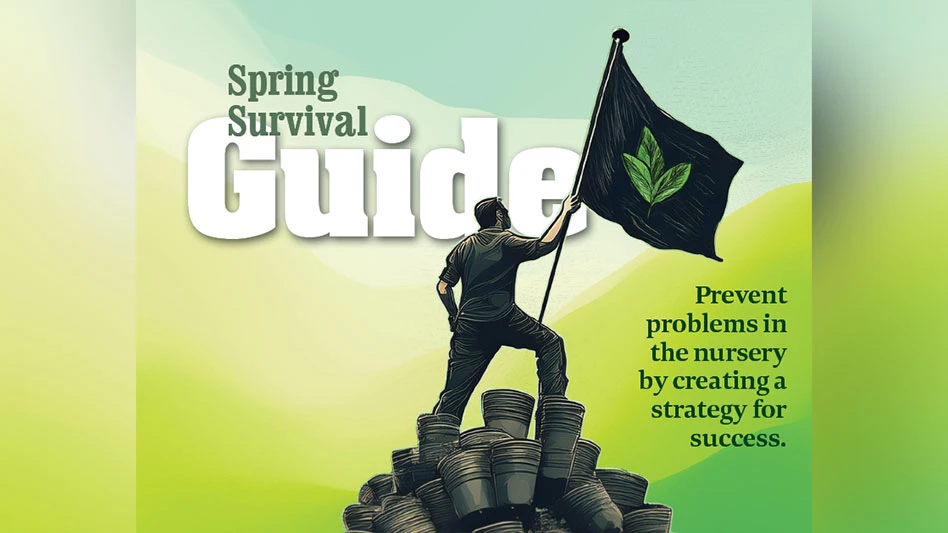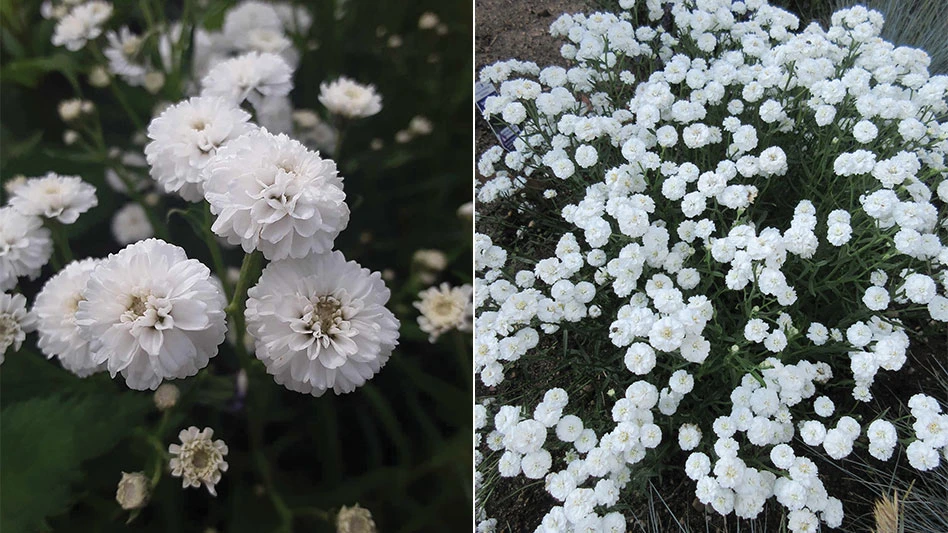
Part four of a four-part series

Do you treat your irrigation water to help keep your crops free of diseases? Are you still worried that your crops may be infected by plant pathogens? Do you want to know the areas of your operation that are potential sources of plant pathogens? Keep reading — this article is for you. We will focus on a new tool that helps you evaluate critical control points at your operation so you can determine where to focus your disease management efforts. This tool complements the tools previously discussed in this series (how long your irrigation water would last, irrigation system design and water treatment technologies). You can access this tool and many others for free through the www.cleanwater3.org website under the “Tools” section.
The Critical Control Points for Disease Reduction tool was adapted from best management practices for producing healthy plants developed by an USDA-APHIS technical working group lead by Jennifer Parke. In food safety, a Hazard Analysis of Critical Control Points is used to ensure microbial food safety; this Disease Risk tool uses a similar approach — but the critical control points are based on common nursery and greenhouse practices and include:
- Water Management
- Disease and Pest Management
- Plant Procurement
- Plant Propagation
- Containers and Potting Media
- Greenhouse Production Field and Container Production
- Cull Piles
As you look through the questions in the Disease Risk tool, you can answer some or all of the questions. As you answer questions, more questions may appear based on your responses to help you further your understanding of disease risk associated with particular practices. The more questions you answer, the more feedback you get about positive or negative impacts of the current or potential practices used at your operation. This can be especially valuable if you are considering changing a practice at your operation (e.g., switching from municipal water to recycled irrigation water) as information from this tool can help you understand the risks associated with that change and also tell you how to reduce disease risk.

The Water Management section contains questions about irrigation water source, irrigation return flow (runoff) management practices, and water capture practices. Once answered, feedback is given regarding the relative risk associated with the answer selected. Questions in the Disease and Pest Management section help you to evaluate how plant material tracing, disease and insect scouting, accurate pest diagnosis, and infested (pest or disease) plant management practices influence the risk of crop infection by disease causing organisms.
Questions within the Plant Procurement section help you evaluate the risk of disease associated with purchasing plants from off-site, moving plants within a site, acceptance of returned plant material, presence of a quarantine area(s) and handling practices for plant shipments infested with pests or diseases (Figure 1A). Unanswered questions are white in color. As you respond to questions, a colored box surrounds your answer (Figure 1B-E); the colors reflect the relative degree of disease risk associated with a particular practice:
- Bright red – practice is very risky in terms of plant disease issues and should be prevented.
- Dark red – practice is risky in terms of plant disease issues.
- Yellow – practice is associated with increasing risk of plant disease issues.
- Blue – this practice has little associated risk of disease problems.
- Green – this practice is very good, with minimal chance of disease management problems.
Think of these changing colors almost like a traffic light — to help you figure out when, in terms of disease risk, it is safe to keep doing what you are doing (green or blue), slow down and evaluate (yellow), or stop and figure out how to alter a particular practice (red).
The Plant Propagation section begins with a self-assessment question asking you to rate the overall sanitation practices used in your propagation area, and then takes you step-by-step through the source of your propagation material, location of your propagation area, cleanliness of the propagation area and surfaces within your propagation area (e.g., sorting area, cutting bench, etc.) helping you see the level of risk of infection to your crops by each of the practices.
Answers to questions in the Container and Potting Media section help you evaluate the degree of disease risk associated with your container substrate source and your operation’s reuse (or not) of containers or trays. Disease risks within the Greenhouse Production section are mainly associated with where your plants are produced, sanitation practices between crop cycles and sanitation practices required of your workers. Your answers to the questions in the Field and Container Production section help you evaluate your production area sanitation practices (how often is debris removed from production areas?), production bed slope, water drainage problems and the surface on which your plants are grown (e.g., raised benches, gravel, bare soil, etc.). Answers to these questions reveal the potential risks of infection by disease-causing organisms or the benefit of reduced infection risk associated with the practice.

The Cull Piles section asks you about the location of your cull pile in relation to your production areas, if your cull pile comes into contact with substrate mixing equipment or substrate itself and the ultimate fate of organic material in your cull pile. This information is then related to the risk of disease pressure from those practices.
This Disease Risk tool is meant to help you understand the practices at your operation associated with the greatest or least risk of disease problems. This resource is intended to serve as an information resource about disease risk levels at important critical control points in your operation. As you use the Disease Risk tool be sure to click on links for more information about many of the topics that are discussed.
When you are finished filling out the survey, you can print the questions and answers and use this information to make changes and compare practices over time. We hope this information helps you make more informed management decisions to reduce the risk of disease at your operation.
Get curated news on YOUR industry.
Enter your email to receive our newsletters.
Explore the April 2020 Issue
Check out more from this issue and find your next story to read.
Latest from Nursery Management
- Dümmen Orange North America celebrating 25th anniversary in 2025
- Redesigning women
- Illinois Landscape Contractors Association changes name to Landscape Illinois
- 2025 Proven Winners Horticulture Scholarship applications now open
- ICL’s Gemini Granular herbicide now registered for use in California
- Eurazeo Planetary Boundaries Fund acquires Bioline AgroSciences
- The Leading Women of Horticulture
- Leading Women of Horticulture: Dana Massey, Plantworks Nursery






